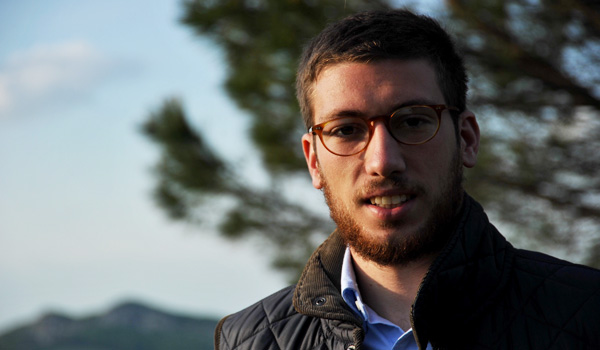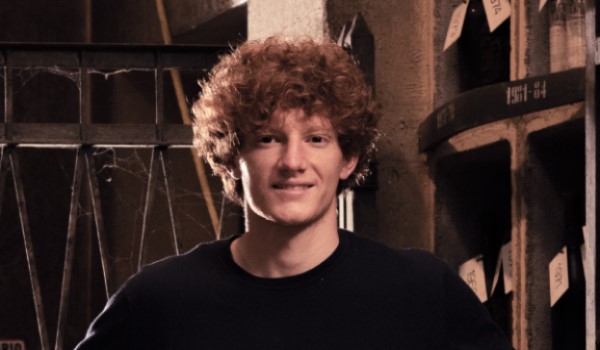
Colonel Riccardo Ricci Curbastro (1892 – 1955)
“The undersigned, Augusto Scodellari, Second Lieutenant of the 1st Company of the First Regiment of Grenadiers of Sardinia, declares that its Unit Commander, Captain Riccardo Ricci Curbastro, during the military action that took place on August 10th, 1916, which led to the occupation of Mount St. Michele and the subsequent advance through the Vallone for the taking of Nad Logem, while bypassing several enemy trenches, was injured by a bladed weapon (ed. an Austrian bayonet) on his right foot.
At dusk on the same day, once having taken the first charge, the two Regimental Commanders, Lt. Col. Cav. Fassò, Captain Majoli, and Captain Ricci Curbastro, the undersigned, along with other Unit Commanders, were united in the vicinity of Case Cotticai to receive instructions for another advance on Vallone-Nad-Logem.
At that meeting, the undersigned perfectly recalled that the Commander of the 2nd Regiment of Grenadiers, then Colonel Anfossi, through Lt. Col. Fassò, came to know about the injury already inflicted on Ricci Curbastro, and invited the latter to leave with these exact words: “Leave Ricci. Your Mother has already sacrificed another child to the Fatherland.” (ed. Gian Gualberto Ricci Curbastro, who died heroically at the Podor on January 11th, 1915).
The pressure put on by Colonel Anfossi was to no avail, since the Unit in which Ricci Curbastro was positioned (destined to carry out the advancing action for the Regiment in the Vallone, and then on the slopes of Nad Logem), brilliantly executed its orders, arriving on the 11th, by surprise at dawn, on the first enemy line of defense.
It was after the conquest of this enemy trench that Ricci Curbastro was again wounded by bullet in his back (ed. Austrian shrapnel), a wound that forced him to abandon his battle position and be hospitalized.”
Second Lieutenant Augusto Scodellari
Riccardo Ricci Curbastro – born in Lugo di Romagna (Ravenna) on February 18th, 1892, deceased in Rome on July 22nd, 1955.
He was the son of Raffaele and of the Countess Giovanna Manzoni.
A Cadet Officer in Military School in 1911, he was then appointed Second Lieutenant of the 2nd Regiment of the Grenadiers of Sardinia on February 23rd, 1913. In January of 1914, during various flights to the field of Centocelle (Rome), where the first Italian airplane pilots practiced, he was affected by severe pleurisies that, however, did not impede him from fighting throughout the First World War, where he was wounded twice. It was because of these actions that he was honored with the Federal War Cross of Merit.
In 1919, he was again sent into the “war zone” with the 1st Regiment of the Grenadiers of Sardinia during the international crisis caused by the River Company of Gabriele D’Annunzio and his legionaries.
Transferred to the War Department, he found himself isolated in Rome on September 1st, 1943, thus beginning a lengthy “escape” to reach his family already in Northern Italy. Wanted by the Republic of Salò, he fled for two years from the fascists, living in Capriolo under the name of Passoni, his ancestor who built Villa Evelina.
On June 2nd, 1946, he left active duty, so as not to give oath to the newly formed Italian Republic.
Since then, he began working in agriculture, also carrying out important innovations in his wife’s, Evelina Lantieri de’ Paratico, wine producing company in Capriolo, such as the creation of the new wine cellar and the futuristic, for the times, drip irrigation system.
In 1955, the aftermaths of his old military traumas killed him at the early age of 63.










